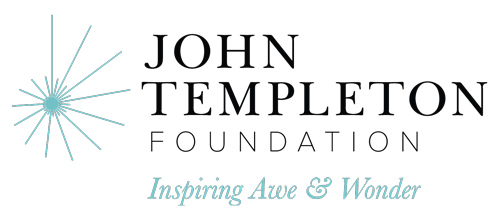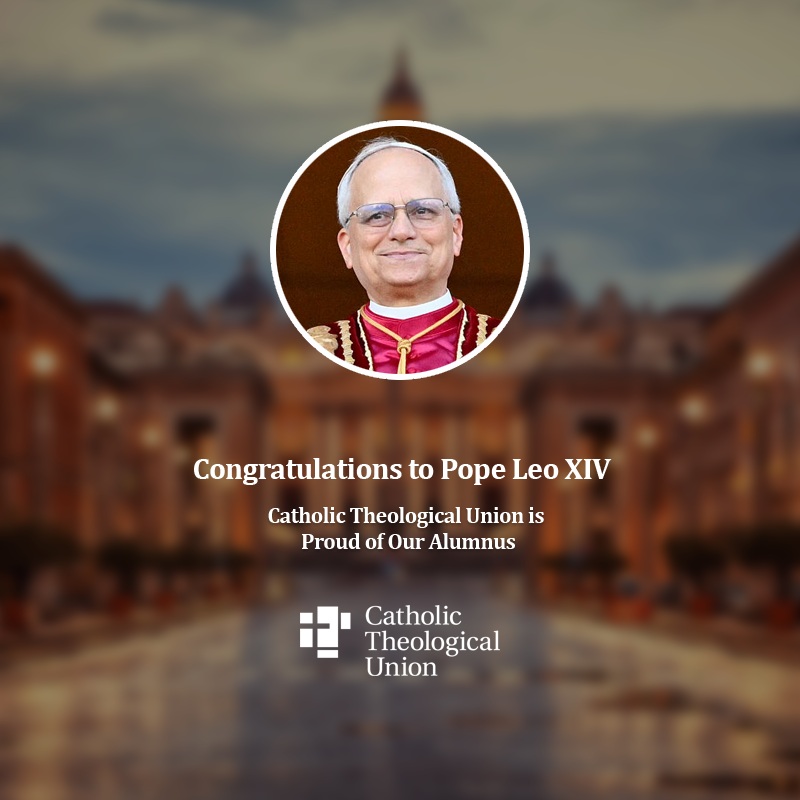Possible Preaching Themes
Possible Scientific Resources
- Having the “vision” to see what others miss (connected to 1 Samuel)
- The difficult journey of leaving darkness and embracing the light (Ephesians and the Gospel)
- What does it mean for Christ to reveal himself to be the “Light of the World” (from the Gospel)
- How Christ changes our “blindness,” even from birth (from the Gospel)
- Two scientists provide both a history of the way light has been understood in the past, and a thorough but accessible contemporary explanation about how it works, https://wp.nyu.edu/being_digital/wp-content/uploads/sites/1503/2015/08/Light-Waves.pdf
- Technical article on severe visual impairment and blindness in children and the proper medical responses https://www.ncbi.nlm.nih.gov/pmc/articles/PMC3119278/#:~:text=Congenital%20anomalies%20such%20as%20anophthalmos,acquired%20during%20the%20perinatal%20period.
- Short accessible article on our ability to see infrared light https://www.scientificamerican.com/article/photons-double-up-to-help-us-see-beyond-the-visible-light-spectrum/
- Simple explanation of how the eye works, including brief definitions of the different parts of the eye https://www.optometrists.org/general-practice-optometry/guide-to-eye-health/how-does-the-eye-work/
- Very short article with links to larger studies, about the relationship between vision loss and mental health https://www.cdc.gov/visionhealth/resources/features/vision-loss-mental-health.html#:~:text=Loss%20of%20vision%20has%20been,loss%20reported%20anxiety%20or%20depression.
Homily Outline Combining Resources
Homily outline combining resources: An Encounter with Christ brings light to those in darkness
- Introduction: Healing a man blind from birth
- Jesus and his followers pass by a man blind from birth, and Jesus is asked what sin caused the man to be this way.
- Jesus replies that his medical condition has nothing to do with sin. But Christ turns this encounter into a teachable moment — and works a miracle.
- He tells his followers, “I am the light of the world,” and then transforms that metaphor into a reality, bringing light to a man born in physical darkness.
- The importance of having not just eyesight but spiritual vision and true enlightenment is underscored in the first reading, when Samuel is cautioned not to see as people see, but as God sees.
- Light is a key image, as well, in Paul’s letter to the Ephesians, when he reminds them that “You were once darkness, but now you are light in the Lord,” then encouraging them to live as “children of the light.”
- As a side note: Interestingly, Jesus works a miracle by using clay
- This seems to echo the 18th chapter of Jeremiah in which God reveals that Israel is like clay in His hands, which He can destroy or rebuild;
- So, Jesus is not just giving sight to the man born blind but reshaping him as his disciple.
- The Scientific turn
- One physician has noted that about 80% of everything we learn comes through our eyes. What we grasp, what we understand, what we know to be real is very often rooted in what we can see.
- To be unable to see suggests that our ability to understand is at least incomplete if not flawed.
- At the same time we need to recognize that folk who are physically blind often have enhanced sensory perceptions and mental capacities beyond sighted people, e.g., they are better at understanding sentences with complex grammatical constructions.
- To see fully – at least from a physiological perspective – demands light. Light does more than dispel shadows; it also adds color.
- This can have serious implications for someone born blind, inhibiting personal growth, psychological development, and even impacting social and economic opportunities.
- Loss of vision, or a life of blindness, can have a profound impact on mental health, frequently leading to depression, anxiety, social isolation and fear.
- What happens when Christ enters the scene
- When Jesus meets the man born blind, he shows in a powerful and dramatic way what it means when he announces that he is the “light of the world.”
- In giving this man his sight, Jesus does more than restore one of his senses; he also gives him the ability to understand more fully and literally to have a vision of the world around him, which he has never comprehended through this important sense perception.
- Giving him vision also gives him the power to discern color and new complexities of the world revealed through sight.
- In scattering the darkness that has overwhelmed this man from birth, Jesus also potentially dispels his fear of the unknown.
- Finally, he makes it possible for this man to have his dignity restored. In God’s eyes there was no question about his dignity, but like the prophet Samuel in the first reading, too often we do not see as God sees.
- In the context of 1st century Palestine, to restore his sight was to enable him to become part of a society newly enabled to recognize his worth as a human being, so that he might no longer be treated as or feel like an outcast.
- The Takeaway: Responding to Christ brings vision, clarity, light
- This miracle affirms Christ’s miraculous power to transform those who are wounded, broken, living in darkness — here making it possible for a blind man to see for the first time in his life.
- Bringing light, Jesus brings clarity, understanding and truth. God’s first recorded words at the opening of the book of Genesis, “Let there be light,” find fulfillment and their ultimate meaning in Jesus Christ.
- Scientists tell us that the lens of the eye helps focus light and sharpen what we are able to see. In a similar way, when we perceive life through a Christ-lens we see the world differently.
- Not all blindness is physical. And certainly all people who are physically blind do not think of themselves as living in darkness.
- Both the sighted and the visually-impaired need to ask ourselves in what ways are we living in darkness? What social and spiritual shadows do we need Christ to dispel? How can Christ help us more fully grasp what we need to know?
- Finally, as children of the light, we are commissioned to shine light on every darkness, and support all who wish to live in the light of Christ
Related Homily Outlines
Couldn’t find what you’re looking for?
Try searching with another filter

Preaching with Sciences

Edward Foley, Capuchin
Duns Scotus Professor Emeritus of Spirituality
Professor of Liturgy and Music (retired)
Catholic Theological Union
Vice-Postulator, Cause of Blessed Solanus








